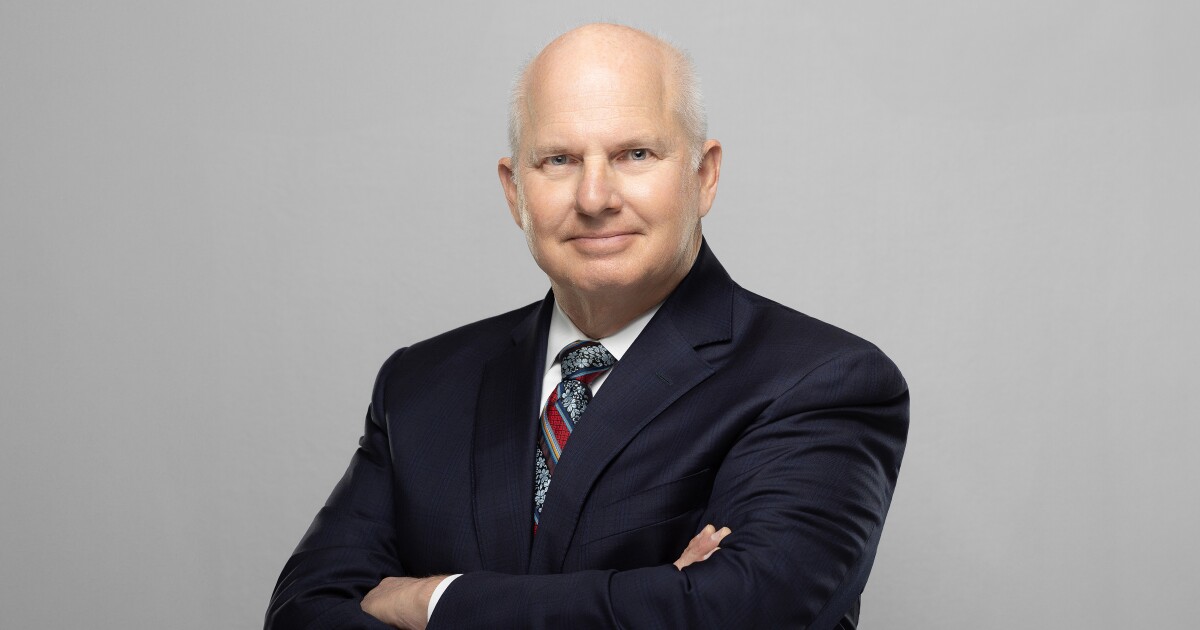Trump touts crypto as public finance urges caution
3 min read

Tony Valdez
The incoming Trump administration is pushing the allure of quick profits in digital currency, while some municipal market thought leaders are pressing for crypto abstinence.
“Maintaining fiscal responsibility is a critical requirement of public entities,” said David Medanich, co-head of Public Finance at Hilltop Securities.
“Public funds require the highest level of safety, and accountability. The primary goal is to earn a competitive rate of return while maintaining preservation of principal. Cryptocurrencies do not meet this definition.”
Hilltop Securities advocates for a “
The Government Finance Officers Association has a
Unlike stocks and bonds, cryptocurrency is created via a blockchain or electronic ledger system that provides the underlying technology for converting cash into a digital currency or coins. The size of the crypto market is estimated to be between $3-5 trillion and most experts expect a continued rise with Republicans in control of the White House as well as both chambers of Congress.
While trade groups representing issuers flash warning lights, pension plans continue to move forward into crypto with state governments following along.
Last month, Republican Pennsylvania state Rep. Mike Cabell introduced a bill in the House that would allow the state’s treasury to allocate up to 10% of its roughly $7 billion state funds into Bitcoin.
“On a cash flow basis this has significant potential downsides if there is a downturn in the value of Bitcoin at a time when the general fund’s liquidity is needed,” said Anthony Randazzo, the executive director of the Equable Institute, which tracks public pension plans.
Bitcoin is considered the market leader in digital currency. One bitcoin is currently valued at about $95,000 and was valued at about $40,000 a year ago.
Earlier this year, Wisconsin and Michigan made waves by buying into exchange traded funds that include positions in cryptocurrency. ETFs function like mutual funds by offering investors a basket of securities to reduce risk.
Mutual funds can only be traded after the market closes, but ETFs can be traded through the day and offer advantages over how capital gains are calculated.
“Wisconsin invested in two crypto ETFs,” said Randazzo. “This was partially possible because they have a dedicated agency for managing the retirement plan’s assets that is separate from the board overseeing benefits and is able to make decisions in a less political environment.”
Randazzo notes that the Wisconsin Retirement System is a fully-funded pension that “isn’t looking for investments like crypto to be a financial savior, but instead is just trying to have general diversification across asset classes.”
According to Equable, at least 15 public pension funds managing 36 retirement systems made investments in FTX through venture capital or private equity firms.
FTX was a crypto exchange and hedge fund that went belly up in 2022.
“Our observation is that the FTX meltdown slowed down adoption of cryptocurrencies as an investment asset class,” said Randazzo. “It didn’t cause those investing in crypto to widely rollback, but it certainly gave significant pause to fiduciaries who did not understand crypto markets.”
Crypto lobbying remains a force to be reckoned with. According to Open Secrets, three crypto-centric super PACS poured over $133 million into the 2024 election. There has also been a concerted lobbying effort targeting state governments to pass laws favoring pension funds investing into crypto.
“We don’t take a formal position for or against pension funds investing in cryptocurrency,” said Randazzo. “It is just another asset class that in most cases is speculative.”
“The question of whether a pension fund should invest in crypto is something that we put through our higher-level principal framework, which asks the question, ‘how much risk should a pension fund be taking any investment risk in the first place?'”







